Syria & Iraq: Anatomy of a 21st century conflict
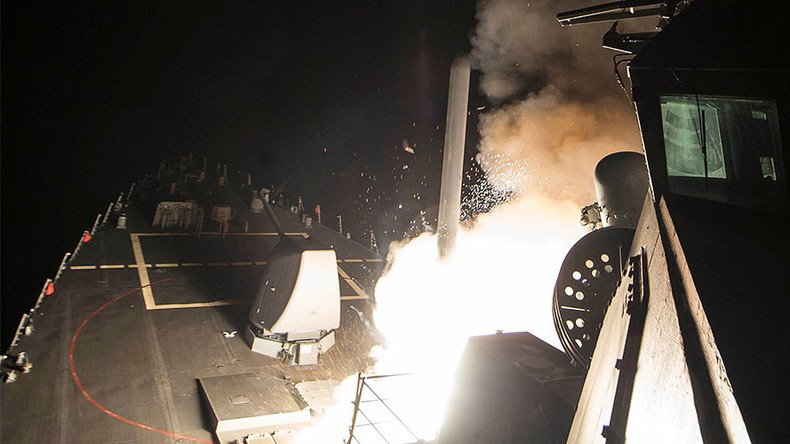
The US missile strike on the Shayrat airbase in Syria, a response to an alleged gas attack by Syrian government forces, may prove a landmark escalation reminiscent of that which led to the Iraq War of 2003.
Speaking via his official spokesman Dmitry Peskov, President Vladimir Putin stated that he “regards the strikes as aggression against a sovereign nation,” and that they are, “in violation of international law, and also under an invented pretext.”
“The Syrian army doesn’t have chemical weapons,” Peskov added, saying that this had been “observed and confirmed by the Organization for the Prohibition of Chemical Weapons, a special UN unit.”
In 2002, a dubious pretext for war, created by the infamous weapons of mass destruction dossier produced by the intelligence services in the UK, led to a protracted military campaign in Iraq as well as catastrophic loss of civilian life and widespread destabilization in the Middle East. This ultimately fomented the rise of Islamic State (IS, formerly ISIS/ISIL).
Here are the timelines of escalation in each conflict.
Syrian conflict
March, 2011
Syrian security forces in the city of Deraa open fire on protesters who demanded the release of political prisoners. This sparked yet more protests and violent unrest which in turn spread and intensified across the country in the following months.
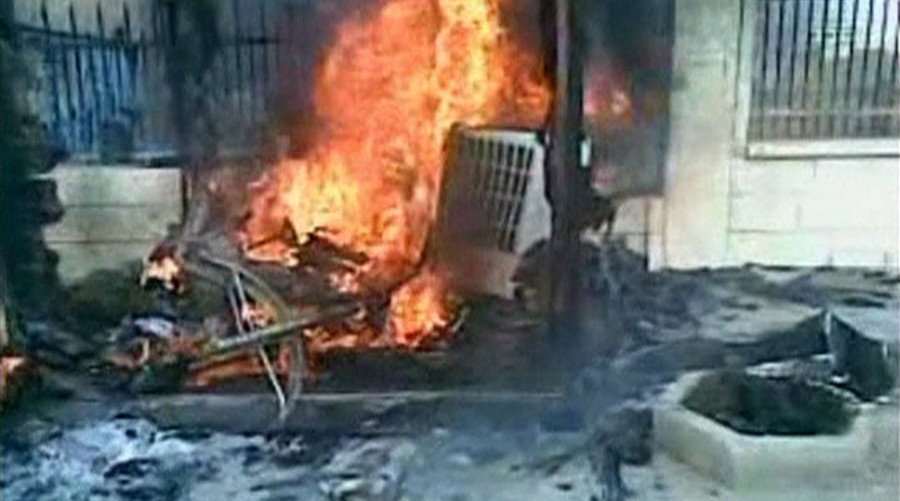
September, 2013
UN weapons inspectors conclude that chemicals were used in an attack on the Ghouta area of Damascus in August which killed about 300 people. However, they do not attribute responsibility. The government allows the UN to destroy chemical weapons stocks, with the process completed by June 2014.
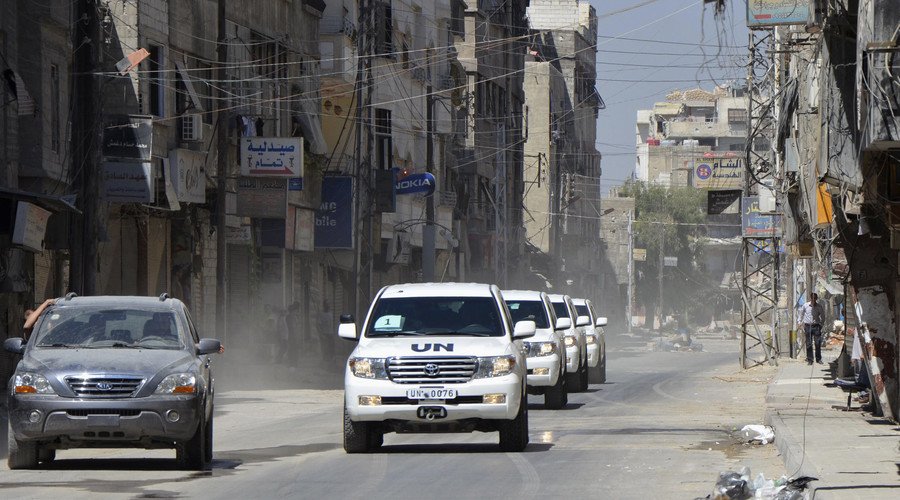
June, 2014
IS militants declare a ‘caliphate’ between Aleppo and the eastern Iraqi province of Diyala. The US and Britain suspended “non-lethal support” for so-called moderate rebels in northern Syria in 2013, which afforded IS the initiative to engage in more aggressive actions across Syria.
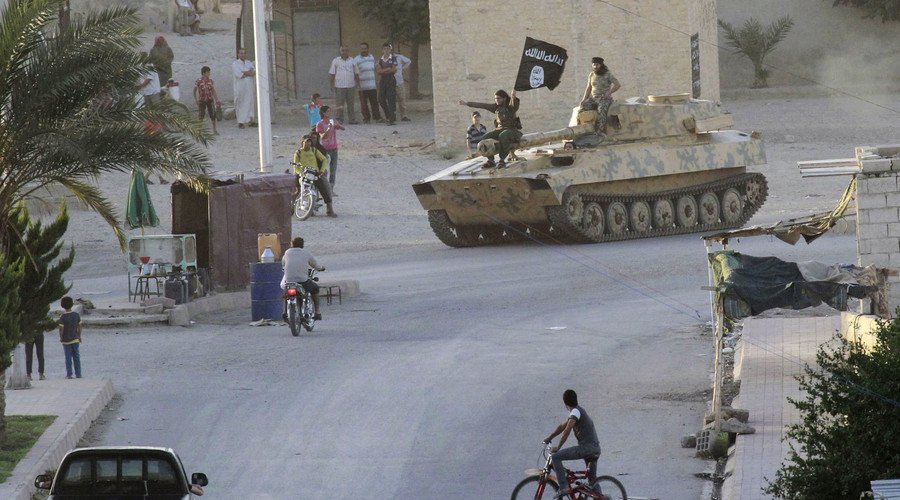
September, 2015
Russia begins an aerial campaign, in coordination with the Syrian military, to eliminate IS and affiliated groups from Syrian territory.
April 6, 2017
Following the alleged chemical weapons attack on Khan Sheikhoun, US President Donald Trump orders a unilateral Tomahawk cruise missile assault on an airfield in Shayrat, near Homs, killing at least six people.
#Putin believes US attack on #Syria violates international law - Kremlin https://t.co/S6lLkIDEUU
— RT (@RT_com) April 7, 2017
The deference to UN weapons inspectors, the lingering tensions and the unilateral action by a western power in the latest chapter of the Syrian conflict bears many of the hallmarks of another geopolitical disaster from recent history.
Iraq War
January 29, 2002
George W. Bush identifies Iraq as a member of the so-called ‘Axis of Evil’ in his State of the Union address.
September 24, 2002
The UK publishes its infamous dossier which claims the regime of President Saddam Hussein could deploy weapons of mass destruction on 45 minutes notice.
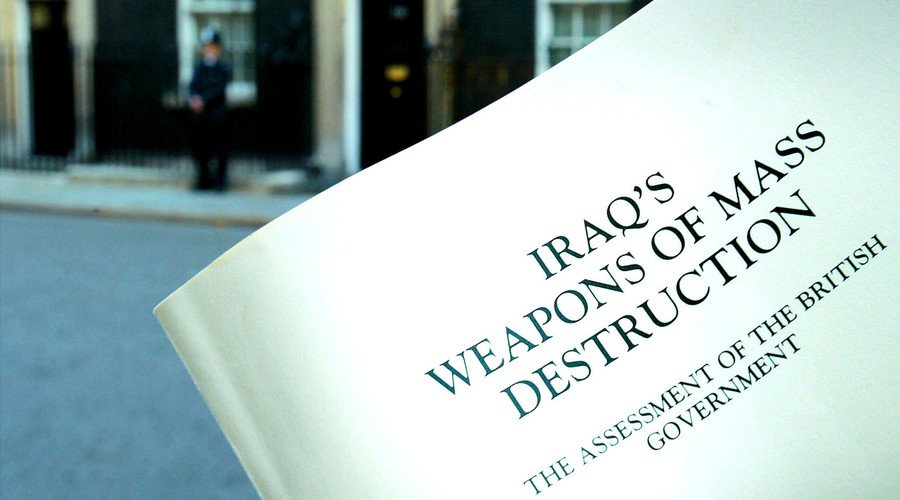
November 8, 2002
UN Security Council passes motion 1441, affording the Iraqi government "a final opportunity to comply with its disarmament obligations" before the international community will take action.
The UN's Monitoring, Verification and Inspection Commission carries out 700 inspections until March 2003 but does not locate any evidence of weapons of mass destruction.
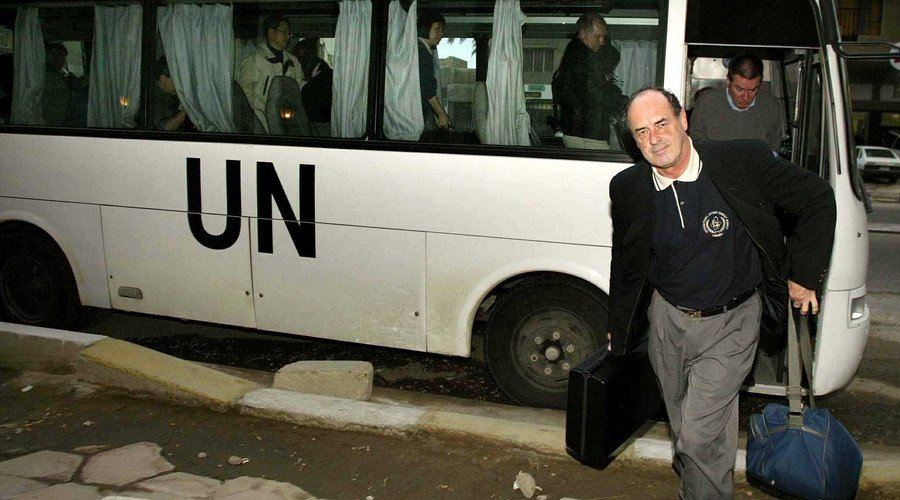
March 17, 2003
After UN weapons inspectors leave Iraq, and the UN Security Council fails to secure a second resolution for the use of force, President Bush lays down an ultimatum to Saddam Hussein and his sons: leave Iraq within 48 hours or face war.
March 20, 2003
Operation Iraqi Freedom begins with a ‘shock and awe’ campaign of aerial bombardment intended to intimidate Iraqi forces and to force Saddam Hussein out of hiding and to the negotiating table.












